Story behind the stone: sulfur from the Ijen volcano
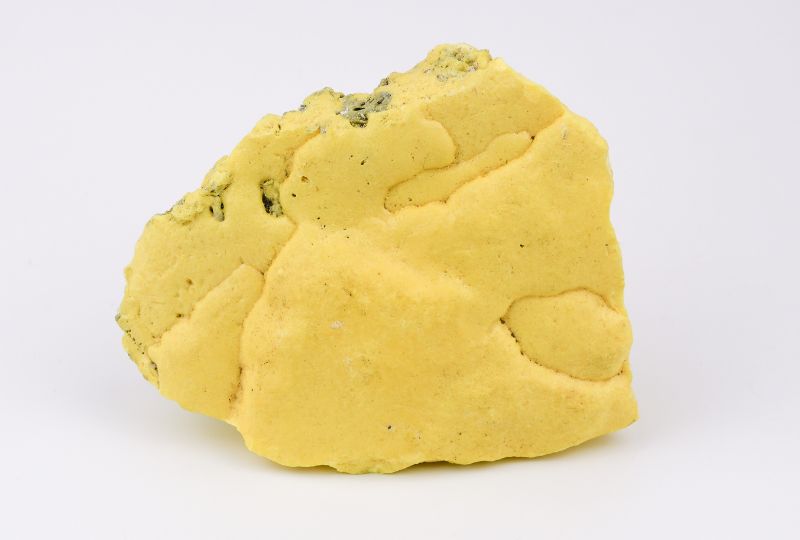
Recently a friend gave me a beautiful piece of sulfur, he asked me if I knew where it came from, “Indonesia” I said, “Yes!” he said surprised, how I could tell then… “Reading” stones is something I have been doing for over 40 years and I recognized in this piece the typical structure of the sulfur chunks of Java as I had seen before. Whether I already had such a piece in my collection? “No,” I said and upon that I was allowed to keep it. “I will look up the old pictures of the trip to the volcano where I picked up this piece, I will send them to you then.”
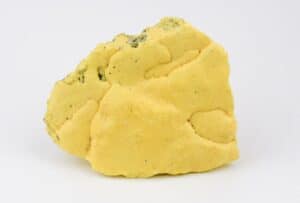
(275 grams – 10.5 x 8.5 x 4 cm)
A few days later, I get a Whatsapp message from Theo, with a detailed text and a link to a folder with more than 40 scanned photos from 1979. An actually quite ordinary piece of sulfur turns out to tell a fascinating story. I share a short version here with his permission.
Replacement military service
“During the years 1977-1980, I did substitute military service in Surabaya, Indonesia. Having just graduated from the Technical University Eindhoven, and not at all feeling like going into military service, I was able to study at the Instituto Teknologiko Sepuluh (ITS) Nopember in Surabaya (a NUFFIC project) the behavior of microwaves, which are radio frequencies used for telephone telecommunications. Influences of weather and reflections on the sea surface were of interest. Satellite communications were then emerging.
Working with the students and faculty of ITS, the culture and climate of Java, the nature and people … you can’t imagine a nicer substitute for military service.”
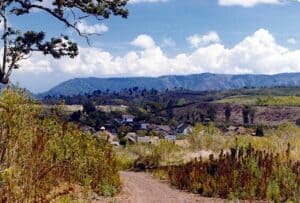
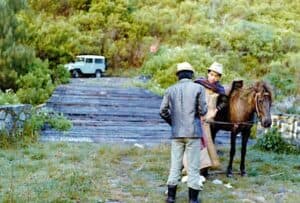
Free weekend to the volcano
“In 1979, on a free weekend, the three of us used the Toyota Land Cruiser to go to the volcano Kawah Ijen. Driving through the coffee plantations, the volcano was easy to see in the distance. However soon we had to abandon the car because a bridge was broken. We arranged for horses to continue towards the crater, but after some time it was no longer possible for the animals to continue. Then we continued on foot for several hours… Along the way we regularly encountered men, descending into the valley, often carrying more than their own weight in sulfur chunks.”

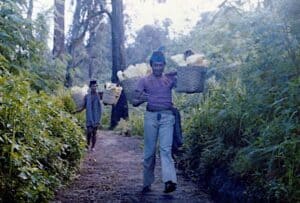
Smell of sulfur
“Near the edge of the crater (around 2,000 meters) was a hut, Pondok Kawah Idjen. Sulfur smell all around, that could not be a healthy environment. Yet there were plenty of men mining sulfur there. In the vapor and the smell of rotten eggs, one basket after another was filled and then carried out of the crater toward the valley where it was weighed and sold. By scanning the photos I took in 1979, many memories of that time have resurfaced. For me this has been a wonderful place and now you too can have a little taste of the journey your chunk of sulfur made.”
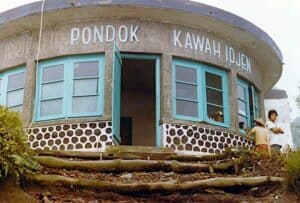

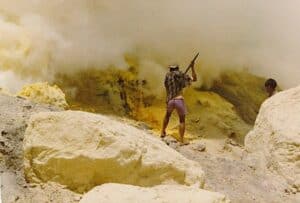
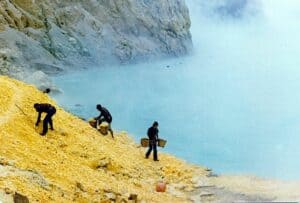
Active volcano
The Kawah Ijen (2250 meters) is part of a larger volcano complex and lies in a caldera 20 kilometers wide. Other famous volcanoes in the caldera are the Merapi (2800 meters) and the Raung (3332 meters). The volcanic complex is still very active. In 2013, the Ijen was closed to visitors for six months due to the activity of the volcano.
Ijen volcano has a one-kilometer-wide turquoise-colored acidic crater lake. This lake is one of the most acidic lakes on earth (pH 0.5 according to one measurement). It is also a source for the Banyupahit River, resulting in highly acidic and metal-enriched river water that has a significant detrimental effect on the downstream river ecosystem. Labor-intensive sulfur mining still takes place along the crater lake, where sulfur-laden baskets are carried by hand from the crater floor. As in 1979…
The sulfur is melted and led out through ceramic pipes. There it solidifies and forms a yellow mass that is chopped into pieces. The melt structure is clearly visible on the surface of my piece. Although it looks like yellow Styrofoam, the two baskets weigh an average of 90 kilograms. It is a walk of about two and a half hours. One walks an average of 2 times a day and gets paid per kilogram which amounts to €5 per catch. So the total salary for 1 day is about €10.
It is also still possible for tourists to climb the Ijen. This should be done under the supervision of a guide. The hike has five rest stops and at the top an opportunity to rent gas masks.
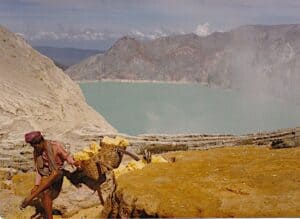
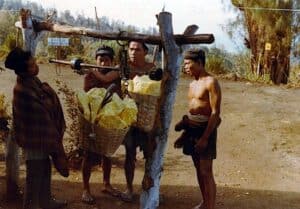
Along with the many photos and the story, this piece of sulfur is now included in my collection. Thank you Theo!


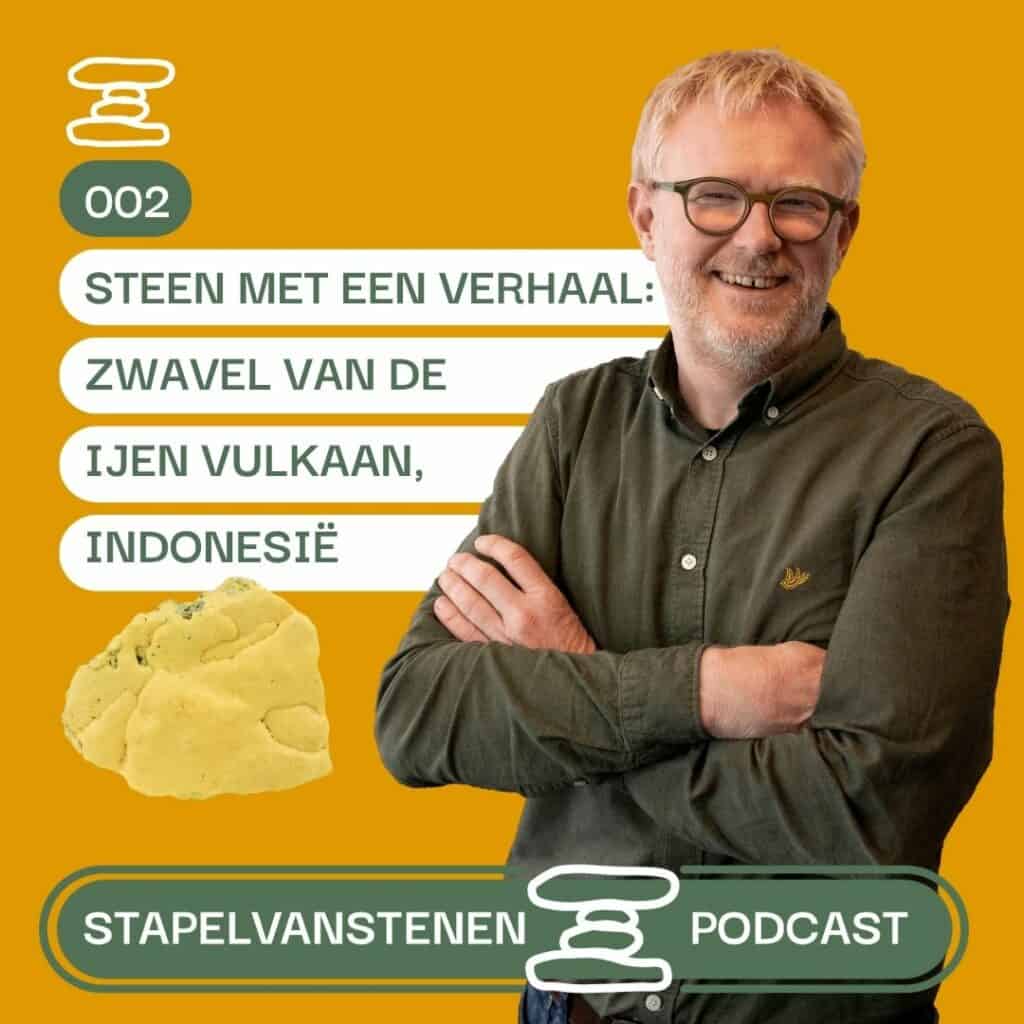
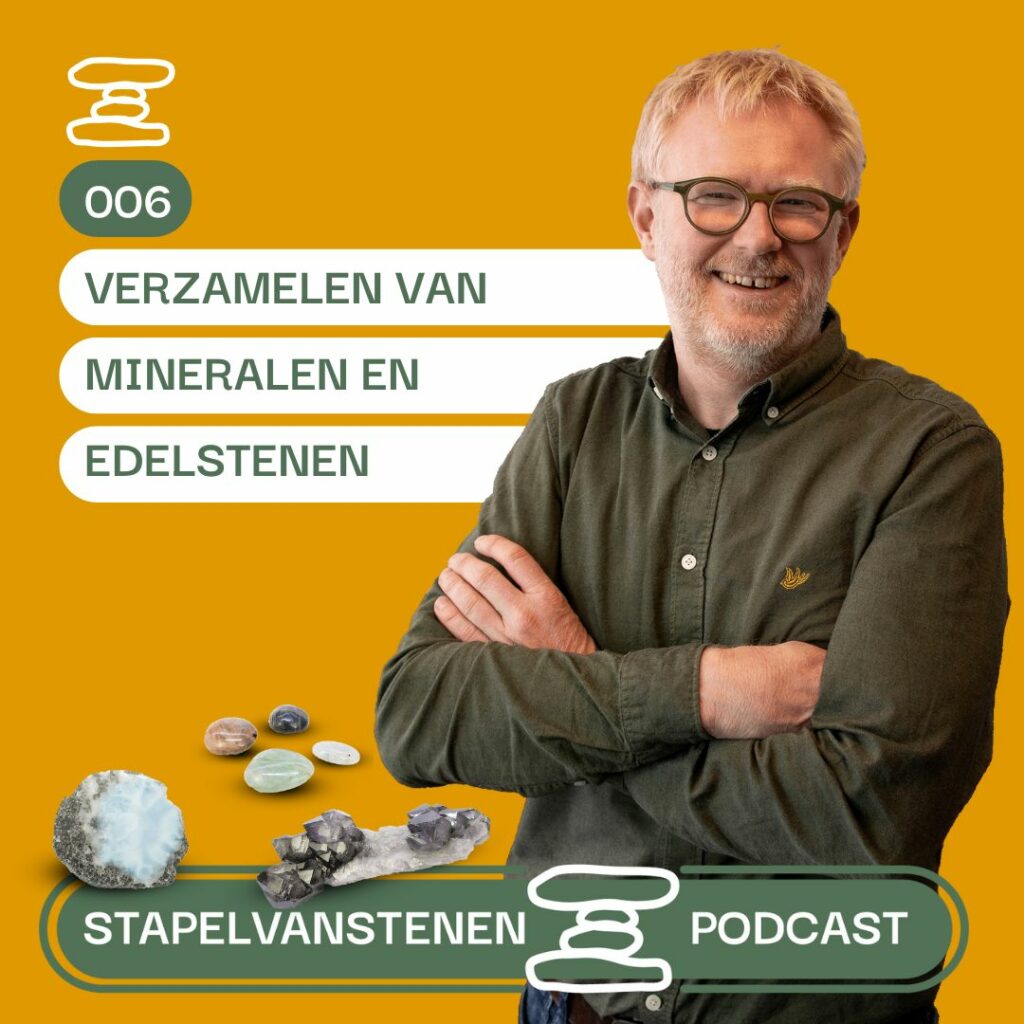
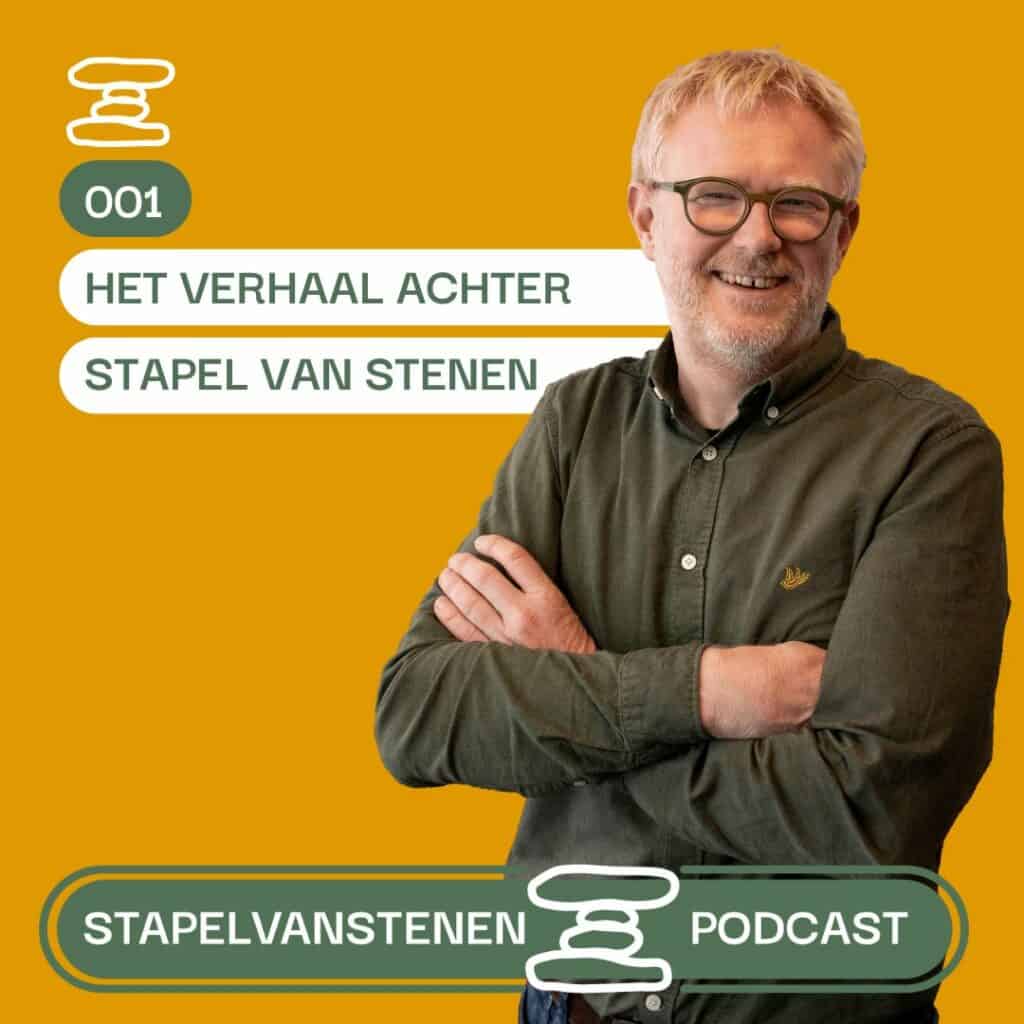

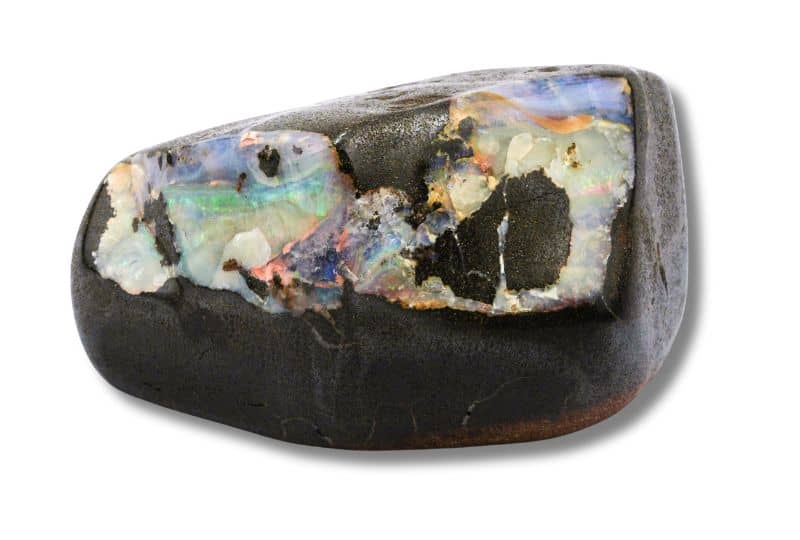
Responses